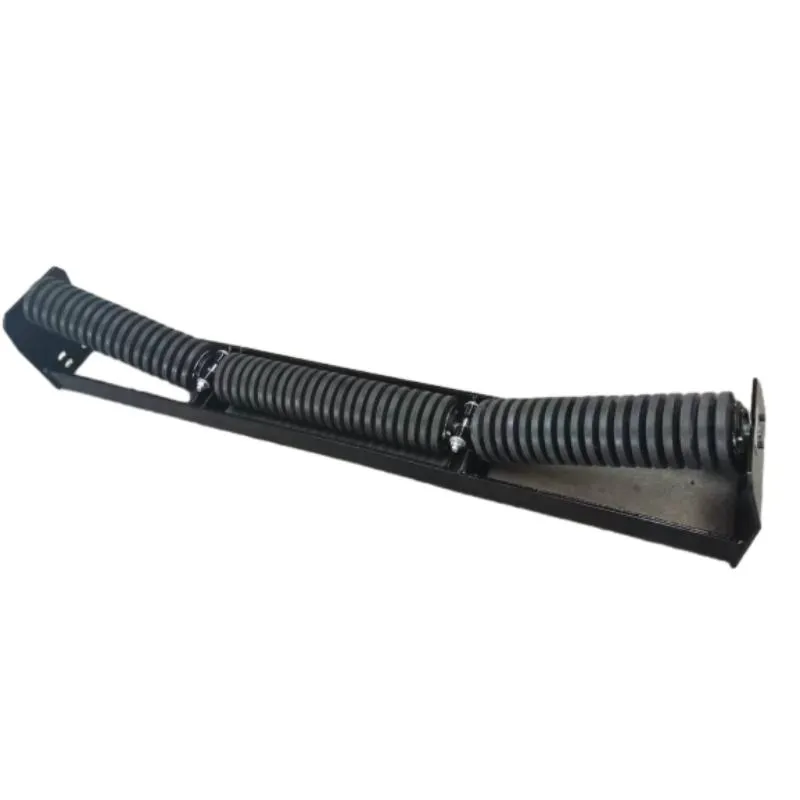 Afrikaans
Afrikaans  Albanian
Albanian  Amharic
Amharic  Arabic
Arabic  Armenian
Armenian  Azerbaijani
Azerbaijani  Basque
Basque  Belarusian
Belarusian  Bengali
Bengali  Bosnian
Bosnian  Bulgarian
Bulgarian  Catalan
Catalan  Cebuano
Cebuano  Corsican
Corsican  Croatian
Croatian  Czech
Czech  Danish
Danish  Dutch
Dutch  English
English  Esperanto
Esperanto  Estonian
Estonian  Finnish
Finnish  French
French  Frisian
Frisian  Galician
Galician  Georgian
Georgian  German
German  Greek
Greek  Gujarati
Gujarati  Haitian Creole
Haitian Creole  hausa
hausa  hawaiian
hawaiian  Hebrew
Hebrew  Hindi
Hindi  Miao
Miao  Hungarian
Hungarian  Icelandic
Icelandic  igbo
igbo  Indonesian
Indonesian  irish
irish  Italian
Italian  Japanese
Japanese  Javanese
Javanese  Kannada
Kannada  kazakh
kazakh  Khmer
Khmer  Rwandese
Rwandese  Korean
Korean  Kurdish
Kurdish  Kyrgyz
Kyrgyz  Lao
Lao  Latin
Latin  Latvian
Latvian  Lithuanian
Lithuanian  Luxembourgish
Luxembourgish  Macedonian
Macedonian  Malgashi
Malgashi  Malay
Malay  Malayalam
Malayalam  Maltese
Maltese  Maori
Maori  Marathi
Marathi  Mongolian
Mongolian  Myanmar
Myanmar  Nepali
Nepali  Norwegian
Norwegian  Norwegian
Norwegian  Occitan
Occitan  Pashto
Pashto  Persian
Persian  Polish
Polish  Portuguese
Portuguese  Punjabi
Punjabi  Romanian
Romanian  Russian
Russian  Samoan
Samoan  Scottish Gaelic
Scottish Gaelic  Serbian
Serbian  Sesotho
Sesotho  Shona
Shona  Sindhi
Sindhi  Sinhala
Sinhala  Slovak
Slovak  Slovenian
Slovenian  Somali
Somali  Spanish
Spanish  Sundanese
Sundanese  Swahili
Swahili  Swedish
Swedish  Tagalog
Tagalog  Tajik
Tajik  Tamil
Tamil  Tatar
Tatar  Telugu
Telugu  Thai
Thai  Turkish
Turkish  Turkmen
Turkmen  Ukrainian
Ukrainian  Urdu
Urdu  Uighur
Uighur  Uzbek
Uzbek  Vietnamese
Vietnamese  Welsh
Welsh  Bantu
Bantu  Yiddish
Yiddish  Yoruba
Yoruba  Zulu
Zulu Understanding the Importance of Conveyor Components in Material Handling Systems
Understanding Conveyor Components Essential Elements of Efficient Material Handling
Conveyor systems are integral to a wide variety of industries, from manufacturing and warehousing to food processing and logistics. At the heart of these systems are conveyor components, which play a crucial role in facilitating the efficient movement of goods and materials. Understanding these components is essential for anyone involved in the design, maintenance, or operation of conveyor systems.
One of the primary components of any conveyor system is the conveyor belt itself. This is the surface that carries the materials from one location to another, and it comes in various materials such as rubber, plastic, fabric, or metal, depending on the specific application. Belt selection is critical as it impacts the system's operational efficiency, durability, and maintenance requirements.
Another key element is the drive system, which provides the power to the conveyor. Typically, this involves electric motors connected to gearboxes that turn the rollers and move the belt. Proper selection and maintenance of the drive system are vital, as they directly affect the conveyor's speed, load capacity, and overall reliability.
Rollers are also fundamental components of conveyor systems. They support the conveyor belt and help facilitate movement. There are various types of rollers, including idler rollers, which are used to support the belt, and drive rollers, which are responsible for moving the belt. The configuration and placement of these rollers can significantly influence the performance of the conveyor system.
conveyor component

Another important aspect of conveyor systems is the frame, which provides structural support. Conveyor frames can be designed in various configurations, allowing for integration into different production layouts. The choice of materials and design also affects the durability and maintenance of the conveyor.
In addition to these major components, conveyor systems can incorporate various accessories and features to enhance functionality. For example, guide rails help keep products aligned during transport, while sensors can monitor the flow of items, improving process control and efficiency. Additionally, adjustable stands may be included to facilitate the adjustment of the conveyor height, making it adaptable to a variety of work environments.
Moreover, conveyor systems are often equipped with safety mechanisms, such as emergency stop buttons, safety guards, and interlocks, to protect operators and maintain compliance with safety standards. Regular inspections and maintenance of these components are crucial to prevent breakdowns and ensure a safe working environment.
In conclusion, understanding conveyor components is essential for effective material handling. The collaboration between the belt, drive system, rollers, frame, and various accessories determines the efficiency, reliability, and safety of the entire conveyor system. By prioritizing proper selection, installation, and maintenance of these components, companies can enhance productivity, reduce downtime, and improve overall operational efficiency. As industries continue to evolve, the importance of conveyor systems and their components will likely remain paramount in facilitating the seamless flow of goods and materials.
-
Revolutionizing Conveyor Reliability with Advanced Rubber Lagging PulleysNewsJul.22,2025
-
Powering Precision and Durability with Expert Manufacturers of Conveyor ComponentsNewsJul.22,2025
-
Optimizing Conveyor Systems with Advanced Conveyor AccessoriesNewsJul.22,2025
-
Maximize Conveyor Efficiency with Quality Conveyor Idler PulleysNewsJul.22,2025
-
Future-Proof Your Conveyor System with High-Performance Polyurethane RollerNewsJul.22,2025
-
Driving Efficiency Forward with Quality Idlers and RollersNewsJul.22,2025





























